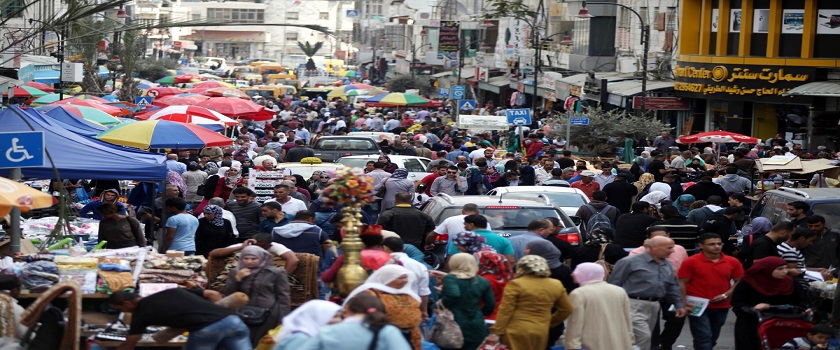The important stages of the Economy since the founding of the PA

Ramallah – Hasna’ Rantisi – Palestine Economy Portal
The Palestinian economy has gone through many stages since the emergence of the PA. The economic stages varied with their ups and downs regarding the growth, but at this time, it is very weak. It was noted that in most of the stages, the economic situation was affected by the political situation.
The economist, Dr. Nasr Abdelkareem, explained that the first stage after the emergence of the PA was depicted by recovery which continued until the arising of the second Intifada in 2000.
He said that this stage was known for its fast economic growth. A government was built and work opportunities were created. In addition, international aid has been rewarding as that investors now have a greater want to create projects, which led to a decline in unemployment rates by nearly 10 percent, as well as the development budget funded by donor countries good.
He added that Israel started showing the truth behind its intentions after the year 2000 regarding the conflict. This is what emerged in the economic files, along with closures, military incursions, cessation of work for a large number of workers inside the Green Line, and the authority’s work using the emergency budget. This led to the withering of the economic achievements and increasing the pressure on the financial resources and the need for social subsidizations.
The second stage occurred after martyrdom of the late Yasser Arafat and the election of Mahmoud Abbas as President of the State of Palestine. Signs of the Palestinian economy’s breakthrough started after these circumstances.
He added: “Hamas movement won in the legislative elections in 2006. Palestine went into a state of instability and aid began to decline. The Israeli army re-imposed siege on the Gaza Strip in 2007 and the coup took place. Economic conditions in Gaza began to decline”
Salam Fayyad’s government took over in the West Bank and international aid returned to higher levels than in the early stages and the appetite of businessmen returned. In this stage, the role of the banking sector doubled and government spending increased. A growth was noticed from the end of 2007 until 2013, noting that growth was steady at 6-7 percent.
He explained that in 2014, the Palestinian economy was facing a slowdown in growth, and has entered a horizontal growth stage, especially since most of the pressure came from the Gaza Strip.
Abdelkareem pointed that the total economy in 2014 started a new route from the horizontal shape. That was the most prominent in the stage of international aid decline from 60-70% compared to the upcoming years.
Currently, the weaknesses of the economy dominate the landscape. Poverty and unemployment rates are high; the phenomenon of bounced checks reflects the liquidity crisis in the country, in addition to the decline in purchasing power and less on the consumption of households.
He continued that things started to turn towards crisis and strikes, the latest of which was social security.